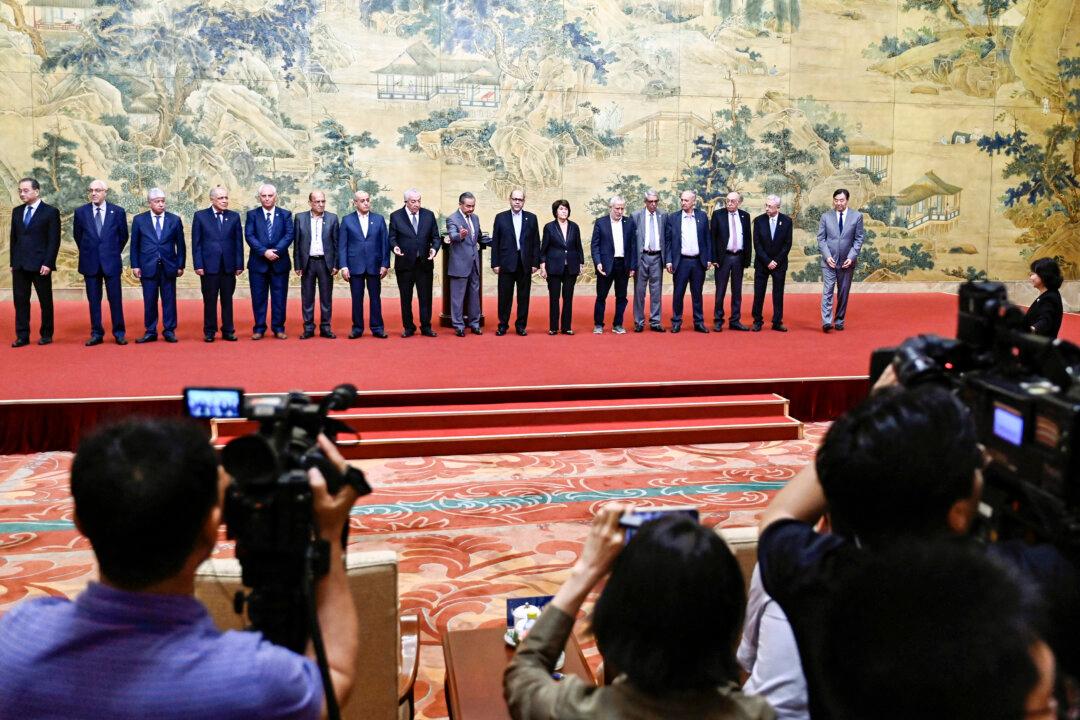If certain trends continue, the U.S. dollar may soon become much stronger and in much greater demand than it is today.
Relative Strength and Security Matter Most
Federal Reserve policies are among the biggest influence on the value of the dollar, and further cuts in interest rates, as well as fiscal policy, will cause some volatility or a even a falling dollar price, at least in the short term.But there are other factors with a dominant counter-effect.





